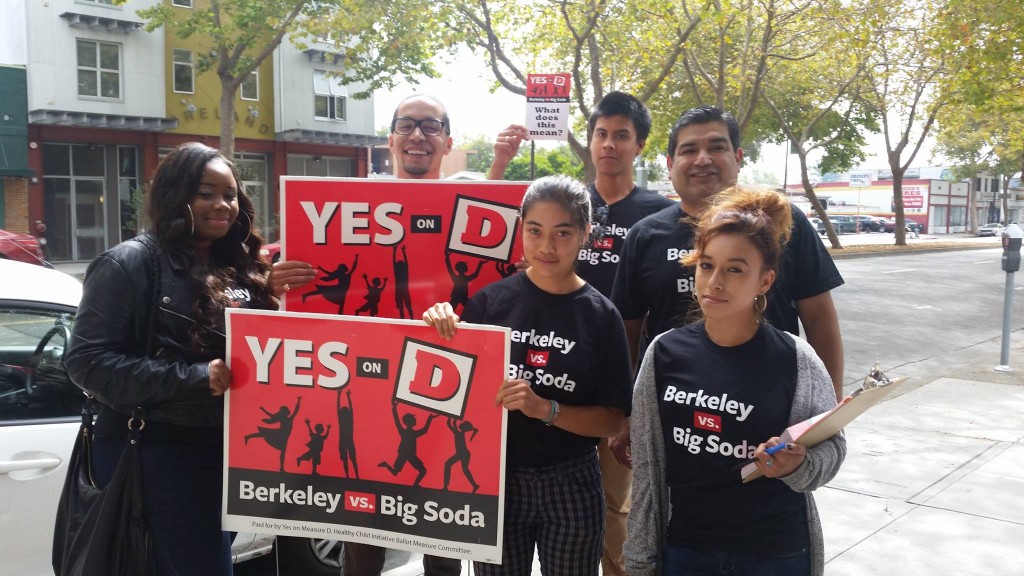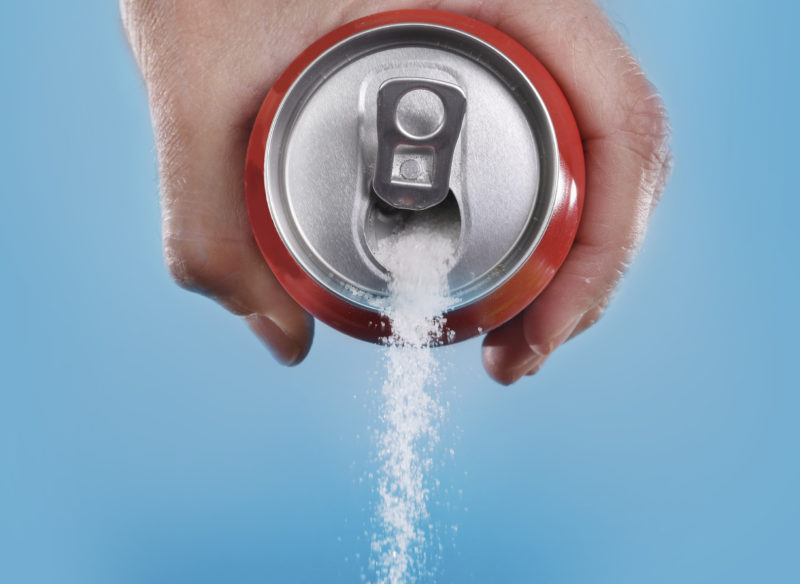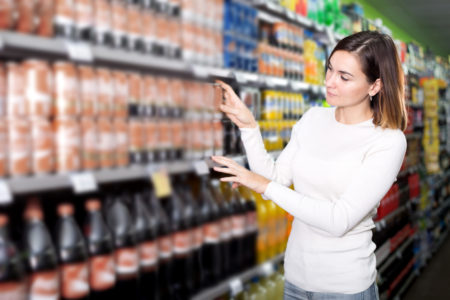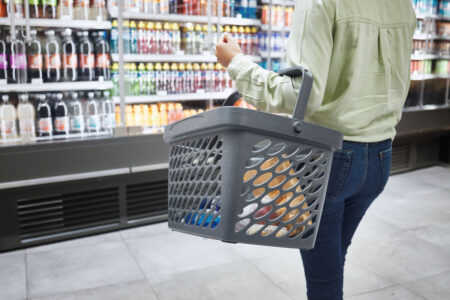Share On Social!
A soda tax can stir up controversy.
Health experts say they curb consumption of unhealthy sugary drinks. Detractors say they’re bad for local businesses. Many don’t like taxes in any instance.
But most people miss what happens after soda tax revenue comes in.
That’s why we are excited to share a new video series, Health Investments for Berkeley, which celebrates the community-led public health work paid for, in part, by the nation’s first-ever soda tax enacted in Berkeley, Calif., in 2014.
The series, created by the Praxis Project, an Oakland health justice group, has four parts:
“This series is intended to flip the national narrative around soda taxes that misleadingly focuses on increasing prices as a strategy to deter folks from consuming sugary drinks,” said Aishah Abdala, program coordinator of the Praxis Project, which also led an in-depth evaluation of soda tax spending in Berkeley. “We aim to focus instead on Berkeley’s [sugary drink] tax model of funding holistic community-led public health programs as the centering strategy to bring health equity and topple predatory, unhealthy food systems.”
How Are Soda Taxes Funding Health in Other Cities?

Berkeley is not the only U.S. city putting the sugary drink tax revenue to healthy use.
- San Francisco: Revenue from the 1 cent-per-ounce tax funds grants for preventive health services in low-income communities, and programs to improve school nutrition and oral health.
- Seattle, Wash.: Revenue from the 1.75 cent-per-ounce tax funds programs that help low-income people buy healthy food, and subsidies to schools and child care centers to increase servings of fruits and vegetables.
- Other cities that have passed such taxes, including Albany and Oakland, Calif., as well as Boulder, Colo. They are also funding public health prevention programs.
Washington, D.C., is currently debating a soda tax that would yield $3 million per year.
The money would help pay for a new nutrition program. Certain residents with a doctor’s prescription to get a $20 voucher for fruits and vegetables at participating supermarkets. It also will expand the program that offers free breakfasts to low-income kids at schools and recreation centers.
“Revenue from the tax is being invested in health and wellness across the city,” said Nancy Brown of AHA in a statement.
Moving Beyond Soda Taxes
 Sugary drink taxes are among five pediatrician-approved recommendations to limit sugary drinks:
Sugary drink taxes are among five pediatrician-approved recommendations to limit sugary drinks:
- Raise the price of sugary drinks.
- Reduce sugary drink marketing to children and teens.
- Remove sugary drinks from kid’s menus and emphasize healthy drink options. This is what Philadelphia now has done.
- Add accurate nutrition labels and information.
- Hospital should serve as models with policies to limit or discourage purchase of sugary drinks.
Salud America! also created an Action Pack to help school leaders push for Water Bottle Fountains in schools. This can boost access to water for Latino and all kids.
ADD A WATER BOTTLE FOUNTAIN IN YOUR SCHOOL!
Explore More:
WaterBy The Numbers
74
percent
of Latino kids have had a sugary drink by age 2 (vs. 45% of white kids)



